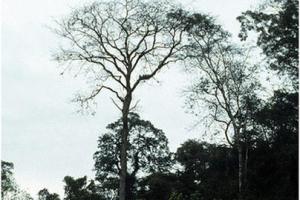Risk Tool
Cedro Cedrela Lilloi
Also know as: cedro, atoc, cedro bayo, cedro coya, cedro de altura, cedro de Tucumán, cedro del cerro, cedro peludo, cedro salteno, cedro vírgen

C. lilloi, often called cedro along with the other members of the Cedrela genus, is native to Argentina, Bolivia, Brazil, Paraguay, and Peru, and can also be found in Honduras, Panama, and Mexico. It occurs in montane forests, between 800 and 3,400m in elevation. Historically, it was a very resilient and dominant species, but today, its range has reduced drastically in size, and Santa Cruz, Bolivia now has the largest population.
Cedro is logged for timber used in construction and furniture-building. Its IUCN Red List status is “endangered.” C. lilloi is also listed on Appendix III of CITES.
Species Details
C. lilloi is listed on Appendix III of the Convention on International Trade of Endangered Species of Wild Fauna and Flora (CITES), a listing that applies to logs, sawn wood and veneer sheets. Any shipment originating from Bolivia is required to obtain a CITES Appendix III Export Permit or Re-export Certification, and any shipment originating from any other country is required to present a CITES Certificate of Origin.